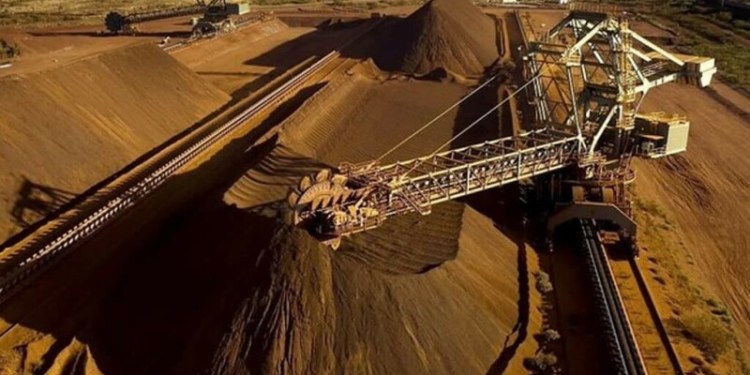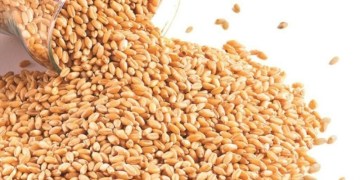London – Despite price gains in some Asian market during July, most pointers suggested that natural rubber prices were stepping further back from the brink of a mild recovery.
Key to the market were trends on the Shanghai Futures Exchange, with prices for the most heavily traded future RU1609 falling by 5.6 percent to Yuan10,845/tonne between 1-29 July.
Confirming the negative trend, another heavily traded future RU1701 was by down by 12.5 percent, to Yuan12,220/tonne over the same four-week trading period
A more positive trend was seen in back month RSS3 prices on Tokyo’s Tocom exchange, where a mini-recovery saw prices rise from Yen154.3/kg on 6 July to approach the heady heights of almost Yen160.0/kg at the end of July.
This bounce, though, was short-lived, as prices for the Japanese exchange’s reference rubber material fell back to Yen153.0/kg in early August.
There was a more positive trend in Bangkok where prices for RSS1 and RSS3 each increased by around 4 percent to $178.85/100kg and $182.95/100kg respectively from 1-29 July.
Again the gains on the Thai market were wiped out in early August, with RSS1 and RSS3 down respectively to $176.70/100kg and $173.40/100kg by 5 Aug.
In Kuala Lumpur, meanwhile, prices for SMR 20 fell by almost 2 percent to $127.30/100kg between 1-29 July – recovering slightly to $130.70 by 5 Aug.
The latest declines have put the pact by the three main rubber producing countries to revive natural rubber prices by limiting supply under increasing scrutiny.
Under the deal, Thailand, Indonesia, and Malaysia agreed to cut rubber exports by 615 kilotonnes over the six months to August.
However, some analysts have reported that Thai rubber exports to China had increased significantly in recent weeks, while Chinese imports of product from Malaysia and Indonesia had fallen – though only slightly.
The remaining months of 2016 could, therefore, provide a stern test of suppliers’ resolve, and their willingness to take further measures to rebalance the market.


























